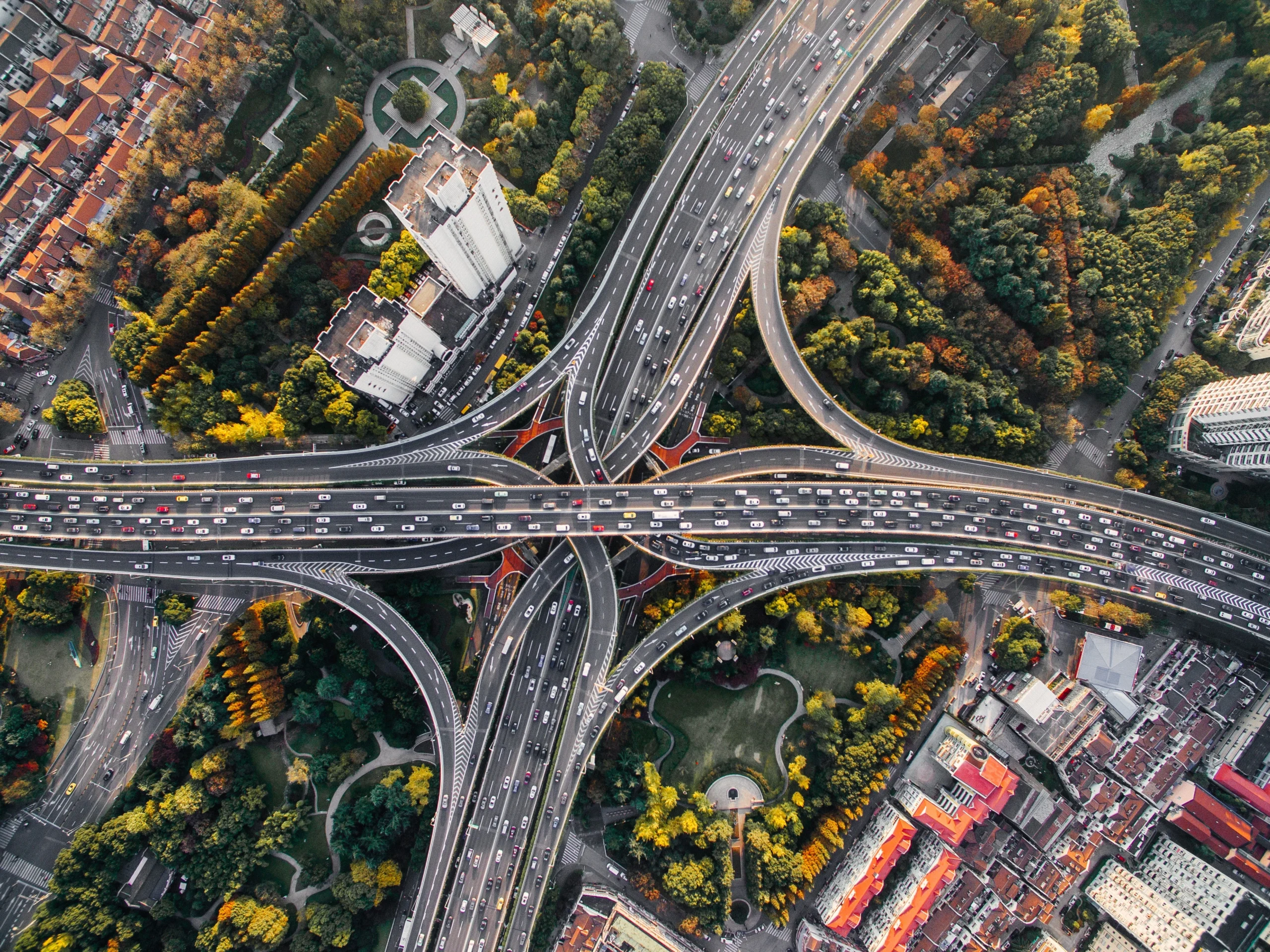Urban Mobility: Challenges & Solutions for Sustainable Transportation

Urban mobility refers to the movement of people and goods within urban areas. With the rapid growth of urbanization, urban mobility has become a critical issue, as it has a significant impact on the environment, public health, and quality of life. Sustainable transportation in urban areas is, therefore, crucial for achieving a more livable and environmentally friendly urban future. In this article, we will explore the challenges of urban mobility and the measures that can be taken to promote sustainable urban transportation.
Challenges of Urban Mobility
One of the main challenges of urban mobility is congestion. As cities grow, so does the number of vehicles on the road, leading to increased traffic, longer commute times, and air pollution. This has a negative impact on public health, with air pollution linked to respiratory problems, heart disease, and cancer.
Another challenge is the lack of sustainable transportation options, such as public transit, biking, and walking. Many cities are designed around car-centric infrastructure, making it difficult for people to travel sustainably. This can lead to social inequality, as low-income households, who are more likely to rely on public transportation, may face longer commute times and higher transportation costs.
Measures for Sustainable Urban Transportation
To promote sustainable urban transportation, cities can implement various measures, such as:
1.Improving public transit : Cities can invest in public transit infrastructure, such as bus rapid transit (BRT) systems and light rail, to provide more efficient and reliable public transportation options.
2.Encouraging active transportation : Cities can promote biking and walking by building bike lanes, pedestrian walkways, and greenways, making it safer and more convenient for people to travel sustainably.
3.Managing traffic : Cities can implement traffic management measures, such as congestion pricing and car-free zones, to reduce traffic congestion and encourage sustainable transportation modes.
4.Promoting electric vehicles : Cities can incentivize the adoption of electric vehicles by providing charging infrastructure, offering tax incentives, and promoting public education on the benefits of electric vehicles.
5.Implementing car-sharing programs : Cities can introduce car-sharing programs, which allow people to rent cars on a short-term basis, reducing the need for car ownership and promoting sustainable transportation.
In short, sustainable urban transportation is critical to achieving a more livable and environmentally friendly urban future. By promoting public transit, active transportation, traffic management, electric vehicles, and car-sharing programs, cities can create a more sustainable urban transportation system. This will have a positive impact on public health, social equity, and quality of life in urban areas, making them more attractive and livable for residents and visitors.
FAQs
Q: What is urban mobility?
A: Urban mobility refers to the movement of people and goods within urban areas.
Q: What are the challenges of urban mobility?
A: The challenges of urban mobility include congestion, lack of sustainable transportation options, and social inequality.
Q: How can cities promote sustainable urban transportation?
A: Cities can promote sustainable urban transportation by improving public transit, encouraging active transportation, managing traffic, promoting electric vehicles, and implementing car-sharing programs.
Q: Why is sustainable urban transportation important?
A: Sustainable urban transportation is important because it can reduce traffic congestion, air pollution, and promote public health, social equity, and quality of life in urban areas.
Reference Links:
The World Bank: Urban Mobility | International Energy Agency: Global EV Outlook 2021 | United Nations: Sustainable Development Goal 11


